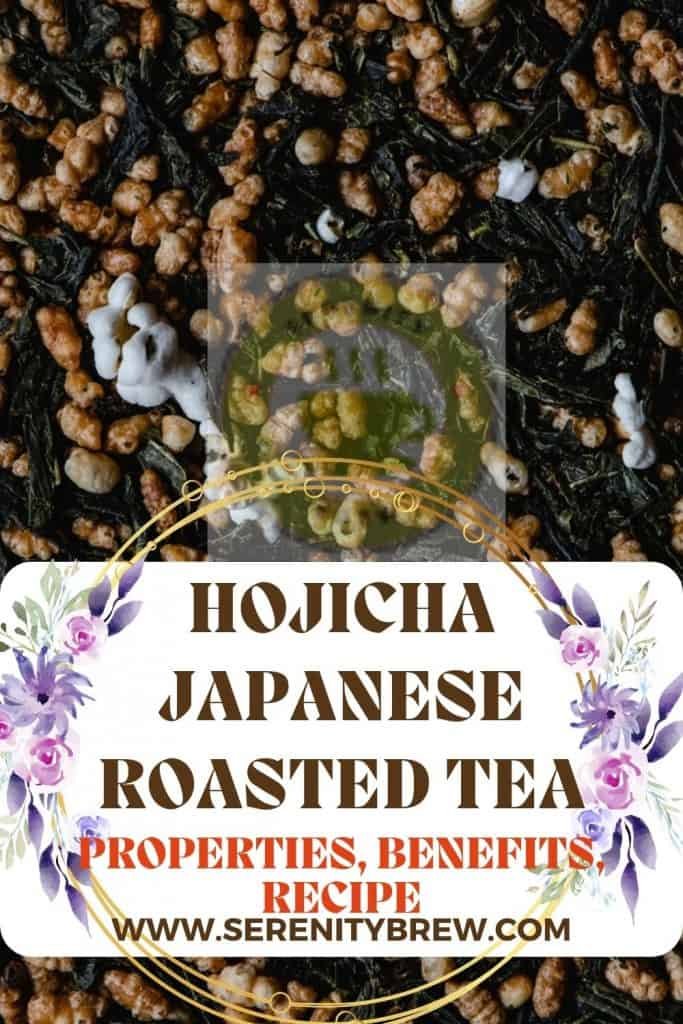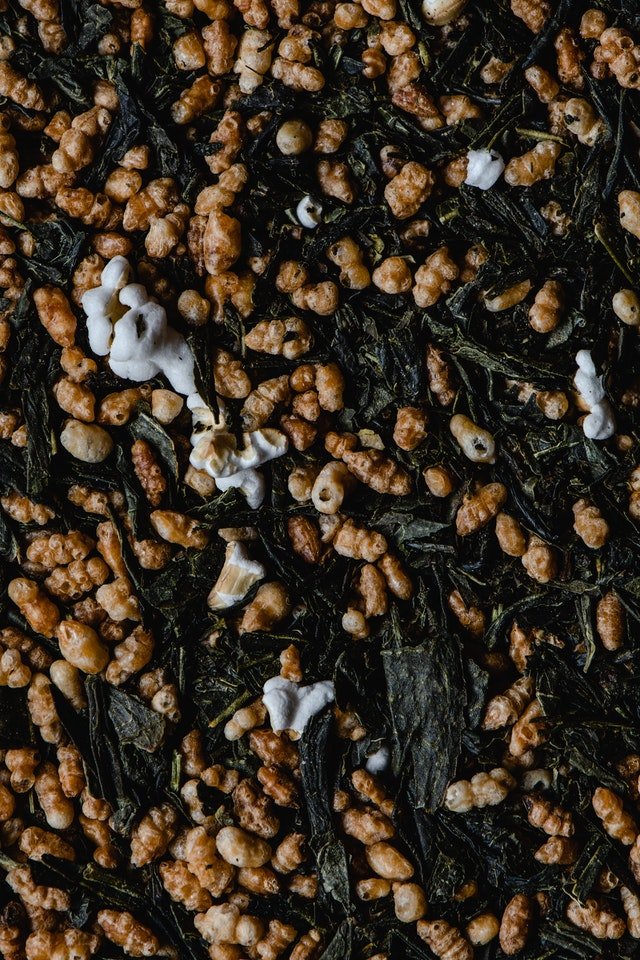
Some time ago, we talked about Japan and its green tea, do you remember? At that time, we told you that this variety is the most common and daily drink in the eastern country. In fact, it has an interesting range of varieties, including hojicha or Japanese roasted tea.
Introduced by Buddhist monks during their pilgrimages from China, green tea is an intrinsic part of Japanese culture. Although perhaps the most famous variety is matcha, due to its use in the traditional tea ceremony, there are many flavors that are worth knowing. Among them, the hojicha, a variety of bancha that stands out for its more intense flavor.
What is hojicha?
As we already pointed out, it is a green tea of the bancha variety. Remember that bancha is made from the lower leaves of the tea plant, Camellia sinensis.
These leaves are found near the stems and are discarded when another variety of green tea, sencha, is produced. Having had greater exposure to the sun, they harbor a huge dose of tannins that influences their flavor.
Now, what is hojicha in particular? Well, it is a variety of bancha that stands out from the others for its toasting. This process gives it a very particular flavor that differentiates it from other varieties of Japanese green tea.
History of hojicha tea
At the beginning of this article, we mentioned that green tea came to Japan from Buddhist monks. Little by little, consumption increased, as well as exports. And, later, the manual harvesting of leaves was modernized through the use of machinery.
Precisely, this change in the elaboration of teas was fundamental for the creation of hojicha. The use of large machinery had a huge disadvantage: many parts of the crop were wasted, such as stems, branches and large leaves.
Thus, the story goes that in 1920 a merchant from the city of Kyoto decided to collect the waste and make tea with it, first roasting it over charcoal. The hojicha was born.
Currently, hojicha is becoming more and more popular in Japan. In fact, it is possible to find hojicha (understanding the concept as roasted tea) made from sencha and kukicha tea, and even a wide variety of desserts flavored with this tea.
Preparation of the hojicha
Being a green tea, the elaboration of hojicha includes a slight natural oxidation process. First, the lower leaves of Camellia sinensis are harvested in the spring. The harvest takes place specifically after Hachijuhachiya, that is to say approximately in May, thus being the tea of the last harvest of the season.
At that time, all the tea leaves are collected and sorted to make different varieties of tea. While the upper leaves are separated to make sencha, the lower ones, which are larger and thicker, are used to prepare hojicha.
It is worth mentioning that their thickness prevents them from rolling like other varieties of tea and, precisely, this will give hojicha another distinction compared to sencha, for example.
Between 12 and 20 hours after harvesting, the leaves undergo a drying process that stops natural oxidation and thus helps the leaves retain their essential oils and polyphenols (antioxidant substances).
The most widespread process for drying the leaves is steam cooking. The leaves are spread out on bamboo trays that are placed over fire pits with bowls of water and steamed for up to 20 seconds. This method allows the fibers of the leaves to soften and release the true flavor of the tea.
In the specific case of hojicha, the leaves are then placed in a ceramic bowl over burning charcoal. Thus, a roasting procedure is carried out over high heat that will affect both the color of the leaves, as well as their aroma and flavor, and even their protein content.
Hojicha flavor
Before discussing what hojicha, also known as houjicha, tastes like, we should mention what it looks like. The leaves are brown with reddish touches, due to the heat to which they are subjected in the roasting process.
Unlike other teas, they do not take on a needle shape but are seen as regular twisted leaves or as roasted stems.
In the cup, the liquor has an appearance that can remind one of coffee, although with a more reddish tint and a smoky aroma that comforts the soul. Already in the mouth, a toasted flavor is perceived that extinguishes the classic vegetable aftertaste of green tea. It is even possible to detect hints of caramel that are also due to toasting.
Health benefits of hojicha tea
Being a green tea, hojicha contains a large amount of polyphenols, substances with antioxidant activity that fight free radicals, that is, molecules that can damage cells and generate different diseases, in addition to premature aging.
On the other hand, like all teas, and especially green ones, it promotes digestion, fights cholesterol and improves the absorption of sugars. However, there is no scientific data that refers exclusively to this variety.
Finally, it is worth noting that hojicha is normally a low theine tea. The roasting procedure described above would reduce caffeine levels, making hojicha suitable for drinking at any time of the day and even by children. A study conducted in Japan confirmed that hojicha has a lower caffeine level than other teas.
How to prepare a perfect cup of hojicha at home

If you have been lucky enough to get your hands on some hojicha, don’t hesitate and follow our tips to get the perfect tea.
Traditionally, it is brewed in a yousu infuser or gaiwan teapot; however, you can use any kettle you have at home or even a pot. Remember that the most important thing is that the leaves have enough space to move in the water and thus release their flavor, aroma and color.
Ingredients
- Between 2 and 3 grams per cup (depending on whether you want a milder or stronger flavor).
- 1 cup of water.
Elaboration
- Heat the water to between 80 and 85 °C.
- Turn off the heat and place the hojicha leaves in the water.
- Let it infuse between 3 and 5 minutes according to your taste. A shorter brew will result in a fresher tea while a longer brew will result in a more complex and stronger brew.
Note: You can reinfuse the leaves two more times and each time you will appreciate different nuances of the roasted tea.
Go ahead and try hojicha, a fairly new green tea that has conquered Japanese hearts and palates. Without a doubt, it will also conquer yours.
